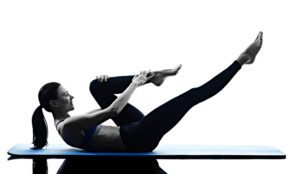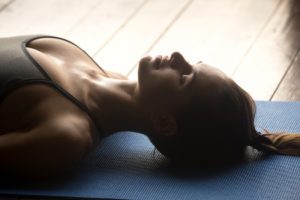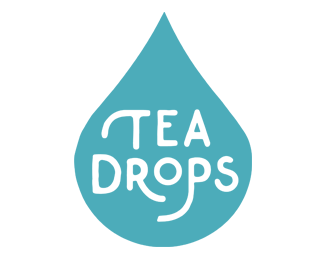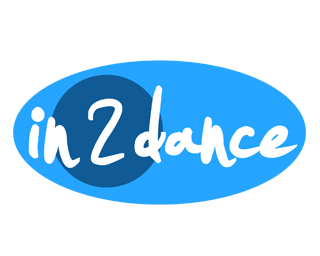Uniquely Pilates
February 7, 2024Many people who are unfamiliar with Pilates ask, “Is Pilates the same as yoga?,” or “Isn’t Pilates just stretching?” Although Pilates overlaps with other forms of exercise, it has several unique points of focus. These include core body training, breathing, movement isolation, developing small muscles, and movement biomechanics.
Core Body Training.
Pilates places special emphasis on developing awareness, strength, and control of the core body. This means we care about the position of the head, shoulders, spine, and pelvis in our start position and throughout the execution of each exercise. The exercises, in turn, are designed to strengthen the core muscles: the pelvic floor, abdominals, diaphragm, and the muscles that run along the back of the spine.
As part of the core body, the spine receives particular attention. Through Pilates exercises, we develop spinal flexibility and strength, as well as awareness and control of the spine’s position. One of the ways we do this is sequential articulation of the spine. This means that we move the spine one bone at a time, in sequence, through all the spine’s available movements. These include forward bending (flexion), back bending (extension), side bending (lateral flexion), and twisting (rotation). In other exercises, we stabilize the pelvis and spine in neutral position while the arms and legs act as levers.
Breathing.
In Pilates, we use intentional breathing to supply the body with oxygen, foster relaxation, and aid with engagement of the core muscles. Each exercise is accompanied by an intentional breathing pattern, which aids in proper execution of the exercise and integration of the mind and body.

Movement Isolation.
Movement isolation means that we keep some parts of the body still while we mobilize others. Isolated movements are invaluable for developing both core and small muscle strength, because we ask our core and small muscles to act as stabilizers. Movement isolation also helps us develop better proprioception, meaning awareness of our body’s position in space, and control over our bodies’ movements.
Developing Small Muscles.
Pilates pays a lot of attention to developing the small muscles deep within our bodies that support our spine and joints. This is one of the reasons we use lower repetitions and lighter resistance, so our small muscles have a chance to work. We activate our small muscles through sequential spinal articulation and movement isolation.
Movement Biomechanics.
Pilates looks at how our bones and soft tissues fit together to determine how our joints should move, and how far they should move in any direction. For instance, the vertebrae of the lower back fit together to facilitate forward and backward bending, but not rotation. Therefore, in a twist, we rotate through the neck and upper spine, but limit rotation through the lower back. And this applies to the entire body, not just the spine. A well-rounded Pilates session will move all the major joints of the body through their full range of motion, helping to restore optimal mobility. By reestablishing natural movement patterns in our bodies, we reduce wear and tear on our joints and soft tissues, minimizing our risk for pain, injury, and premature aging.





